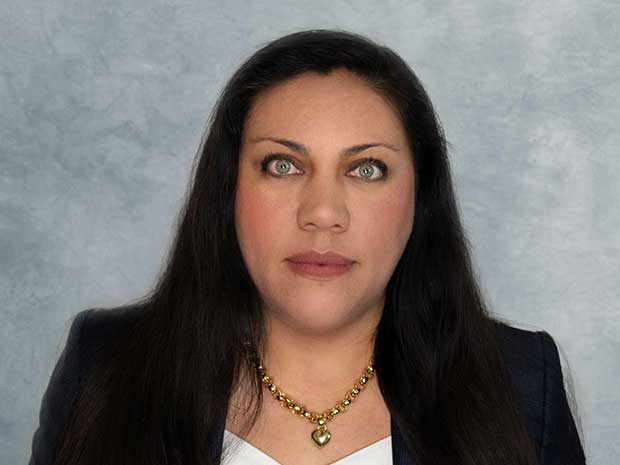Executive summary
The IRS revenue procedure provides the amount for inflation-adjusted items for 2024. Amounts adjusted for inflation include the individual tax brackets, the section 199A qualified business income thresholds, the average annual gross receipt limit to qualify as a small taxpayer, the limitations for section 179 expensing, estate and gift exemptions, as well as several other provisions.
2024 inflation-adjusted items
On Nov. 9, 2023, the IRS released its annual revenue procedure containing the inflation-adjusted items for 2024. There are multiple provisions in the Internal Revenue Code that require the IRS to adjust the applicable dollar amounts for inflation – many of these relate to individual income taxes, while others relate to business income. Selected inflation-adjusted items are listed below. For the full listing, please review the linked revenue procedure:
Individual tax rate tables -The highest tax rate remains at 37%. This rate is applicable for taxable income over:
- $731,200 for married filing jointly
- $365,600 for married filing separately
- $609,350 for single filing taxpayers
- $609,350 for head of household
The top capital gains rate of 20% is applicable for taxable income over:
- $583,750 for married filing jointly
- $291,850 for married filing separately
- $518,900 for single filing taxpayers
- $551,350 for head of household
Estate and trust tax rate table - The estate and trust income tax rate is 37% for taxable income over $15,200. The 20% capital gains rate is applicable for estates and trusts with taxable income over $15,450.
Cafeteria plans – The annual limitation under section 125 for contributions to a health flexible spending account increased from $3,050 to $3,200.
Qualified transportation fringe benefit – The section 132(f)(2) monthly limitation for qualified transportation (in a commuter vehicle or mass transit passes) and qualified parking increased from $300 per month to $315 per month.
Election to expense certain depreciable assets under section 179 - Rev. Proc. 2023-34 raises the section 179 expensing limit under section 179(b)(1) to $1,220,000. The cost limit for sport utility vehicles expensed under section 179 will be $30,500. Under section 179(b)(2), the $1,220,000 limitation gets reduced by the amount that section 179 property placed in service during the 2024 taxable year exceeds $3,050,000.
Energy efficient commercial buildings deduction - the dollar value of the maximum allowance for the deduction under section 179D(b)(2) is set at 57 cents, which gets increased by 2 cents for every percentage point of certified energy and power reduction over the 25% threshold. Rev. Proc. 2023-34 raises the cap on the deduction to $1.13. The increased deduction for certain property under section 179D(b)(3) (i.e., building projects meeting certain prevailing wage and apprenticeship requirements) is set at $2.83 increased by 11 cents for every percentage point of certified energy and power reduction over the 25% threshold, with a $5.65 maximum.
Qualified business income – the threshold amount and phase-in range are adjusted as follows:






